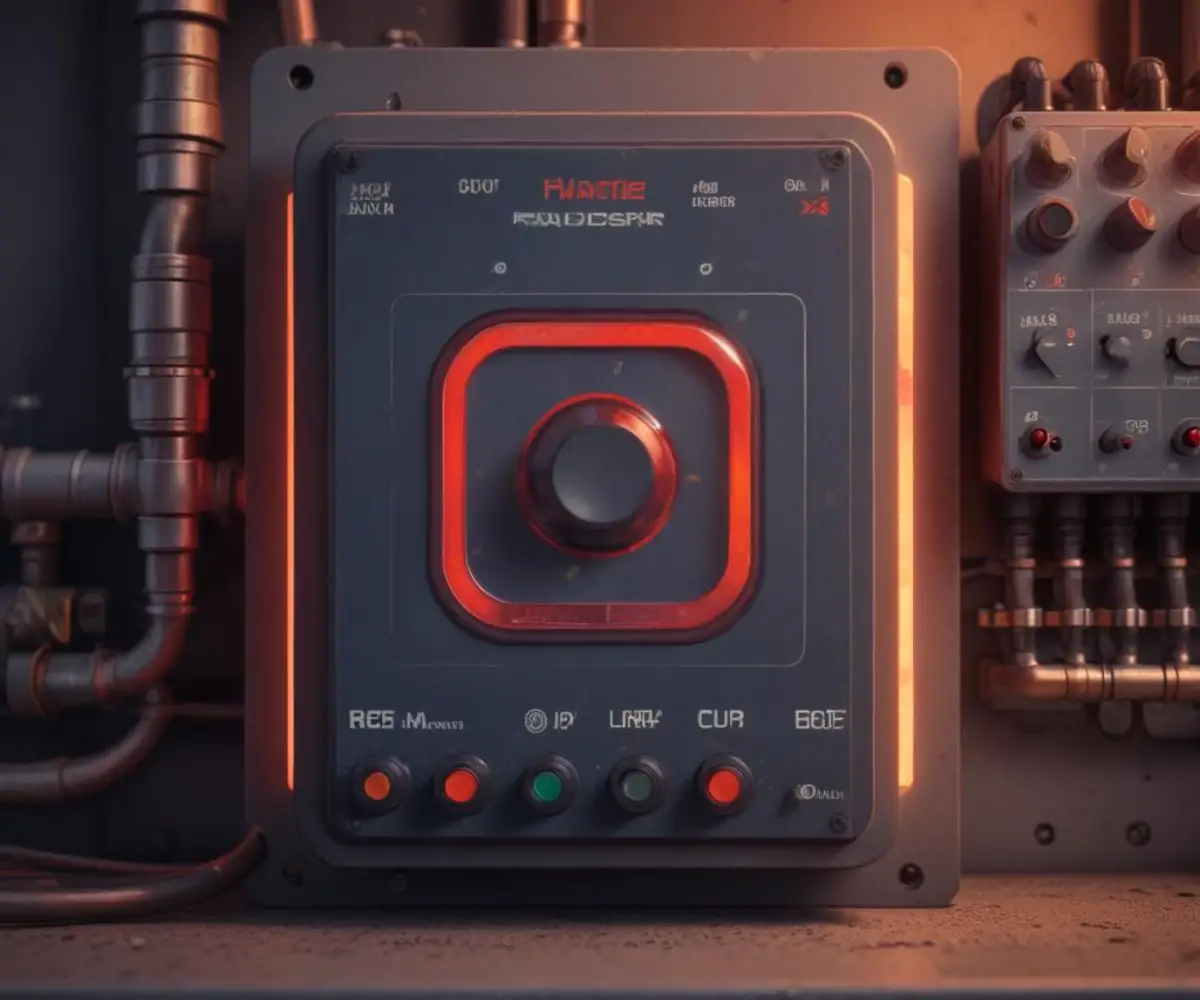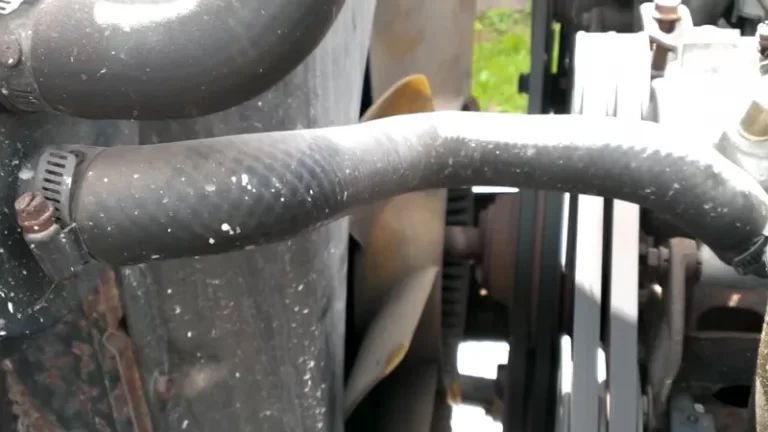Bryant Fault Code 13 Limit Lockout? Here’s the Ultimate Fix
There’s nothing more frustrating than a furnace that quits on a cold day. You rely on your Bryant heating system for warmth and comfort, but a flashing diagnostic light can quickly turn that comfort into concern. If your furnace has stopped working and is showing a “System Fault 13” or “Limit Lockout,” you’re dealing with a serious safety alert that needs immediate attention.
This error code means your furnace’s high-limit switch has tripped multiple times, forcing the system into a protective shutdown to prevent damage. While this may sound alarming, the root cause is often straightforward. This guide will walk you through what Fault Code 13 means, the common causes, and how you can safely troubleshoot the issue.
You'll Learn About
What Exactly is a Bryant System Fault 13?
Think of Fault Code 13 as your furnace’s emergency brake. It signifies that a critical safety device, the high-limit switch, has detected excessively high temperatures within the heat exchanger. The primary job of this switch is to shut down the burners if the furnace gets too hot, preventing potentially catastrophic damage like a cracked heat exchanger.
A single trip of the limit switch might not trigger a lockout. However, when the switch trips repeatedly over a short period, the furnace’s control board concludes there is a persistent problem. To ensure safety, it initiates a “limit lockout,” completely disabling the heating cycle until the issue is resolved and the system is reset.
The Core Problem: Uncovering the Causes of Overheating
A limit lockout is almost always a symptom of an underlying airflow problem. When air cannot flow freely through the furnace, the heat produced by the burners has nowhere to go. This causes a rapid temperature increase within the heat exchanger, triggering the high-limit switch. Here are the most common culprits behind restricted airflow.
Clogged Air Filters: The #1 Offender
The single most frequent cause of a furnace overheating is a dirty or clogged air filter. The filter is designed to trap dust, pet dander, and other airborne particles, but if it’s not changed regularly, it becomes a dense barrier that chokes off airflow.
This restricted airflow means the blower motor can’t push enough cool air over the heat exchanger to dissipate the intense heat from the burners. This is often the easiest and cheapest problem to fix, yet it’s the one most frequently overlooked.
Blocked Vents and Return Air Grilles
Your HVAC system is a closed loop that relies on a balanced circulation of air. Supply vents push heated air into your rooms, while return grilles pull cool air back to the furnace to be heated. If either of these are blocked, the entire system suffers.
Furniture, rugs, curtains, or even children’s toys can obstruct vents, preventing air from circulating. Similarly, closing too many vents in unused rooms can create excessive pressure in the ductwork, leading to overheating. Always ensure all vents and grilles are clear and unobstructed.
A Dirty or Failing Blower Motor
The blower motor is the heart of your furnace’s air distribution system. If this motor is failing, covered in dirt, or has a faulty capacitor, it won’t spin at the required speed to move an adequate volume of air. This sluggish airflow is a direct path to an overheating furnace.
Signs of a failing blower motor include unusual humming or screeching noises during operation or a fan that struggles to start. A thick layer of dust on the blower wheel’s fins can also significantly reduce its efficiency.
Dirty Air Conditioner Evaporator Coils
In most central HVAC systems, the air conditioner’s indoor evaporator coil is situated directly in the path of the furnace’s airflow. Over time, this coil can become caked with dust and debris, especially if the air filter has been neglected.
A clogged evaporator coil acts just like a dirty filter, creating a major obstruction that prevents air from reaching the heat exchanger. This is a common problem in systems where heating and cooling share the same ductwork.
A Step-by-Step Guide to Troubleshooting Fault Code 13
Before calling a professional, there are several steps you can take to diagnose and potentially fix the problem yourself. Always prioritize safety by turning off all power to the furnace at your circuit breaker before opening any access panels.
Step 1: Power Down the System Completely
Your safety is paramount. Go to your home’s electrical panel and flip the breaker that controls your furnace to the “OFF” position. Many furnaces also have a dedicated power switch located on or near the unit; turn this off as well. This eliminates the risk of electrical shock while you work.
Step 2: Inspect and Replace the Air Filter
With the power off, locate the filter compartment on your furnace. Slide out the old filter and hold it up to a light source. If you cannot see light through it, it is long overdue for a replacement. Replace it with a new, clean filter of the correct size and MERV rating for your system.
Step 3: Check All Vents and Registers
Do a thorough walkthrough of your home. Check every supply and return air vent to ensure they are open and not blocked by furniture, drapes, or other items. An open and clear pathway for air is essential for proper operation.

Step 4: Reset the Furnace
After you have replaced the filter and cleared all vents, you can restore power to the furnace. Turn the breaker back on, followed by the power switch near the unit. This power cycle will reset the control board and clear the Fault Code 13.
Turn your thermostat to heat and observe the furnace. If it fires up and completes a full heating cycle without shutting down, a simple airflow blockage was likely the cause. However, if the error code returns, a more serious issue is at play.
When You Absolutely Need to Call an HVAC Professional
While DIY troubleshooting can solve many issues, some problems require the expertise and specialized tools of a licensed HVAC technician. Do not hesitate to call for help if you encounter any of the following situations.
Signs You Need an Expert
If the Fault Code 13 returns shortly after you’ve performed the basic checks, it’s time to stop and call a professional. Continuing to reset the furnace without addressing the root cause can lead to severe and costly damage. Other signs that demand a professional include strange noises like grinding or squealing, a burning smell, or any visible signs of soot or damage around the burner assembly.
| Potential Cause | DIY or Professional Fix? | Description of Issue |
|---|---|---|
| Dirty Air Filter | DIY | The most common cause of overheating. Easily replaced by the homeowner. |
| Blocked Vents/Registers | DIY | Obstructions like furniture or closed dampers restrict airflow. Simple to check and clear. |
| Failing Blower Motor | Professional | The motor isn’t moving enough air due to wear, a bad capacitor, or excessive dirt. Requires technical diagnosis and repair. |
| Dirty Evaporator Coil | Professional | The A/C coil above the furnace is clogged with dirt, blocking airflow. Requires specialized cleaning. |
| Faulty Limit Switch | Professional | The switch itself may be defective and tripping at incorrect temperatures. A technician must test and replace it. |
| Undersized Ductwork | Professional | The home’s duct system is too small for the furnace’s capacity, causing chronic airflow issues. Requires an expert evaluation. |
Digging Deeper: Beyond the Common Fixes
Sometimes, the cause of a limit lockout is more complex than a simple clog. These issues are almost impossible for a homeowner to diagnose but are critical for an HVAC technician to investigate if the basic fixes fail. Understanding these possibilities can help you have a more informed conversation with your service provider.
The Impact of Incorrect Blower Speed Settings
Modern furnaces often have multi-speed or variable-speed blower motors. During installation, the technician must configure the motor to run at the correct speed for your home’s specific heating needs and ductwork design. If the blower speed is set too low, it will not move enough air to keep the heat exchanger cool, leading to persistent limit trips.
Problems with the Secondary Heat Exchanger
High-efficiency condensing furnaces feature a secondary heat exchanger to extract more heat from the combustion gases. If this component becomes partially clogged with soot or debris, it can severely restrict the flow of exhaust gases. This bottleneck can cause heat to back up into the primary heat exchanger, resulting in overheating.
Improper Gas Pressure or Firing Rate
A furnace is designed to operate with a specific gas pressure. If the pressure is set too high, the furnace will be “over-fired,” meaning it generates more heat than the system can handle. This excess heat will inevitably cause the high-limit switch to trip. This requires a technician with a specialized tool called a manometer to diagnose and adjust correctly.
Protecting Your System: The Final Word on Fault Code 13
A Bryant System Fault 13 is a clear warning that your furnace is overheating. While the most common cause is a simple lack of airflow from a dirty filter or blocked vents, it should never be ignored. Always begin with the simplest and safest troubleshooting steps.
By ensuring your filter is clean and your vents are clear, you can often resolve the issue yourself. However, if the problem persists, do not hesitate to contact a qualified HVAC professional. They have the knowledge and tools to diagnose complex issues safely and ensure your furnace operates efficiently and, most importantly, safely for years to come.

